The much anticipated exhibit Sargent and Paris at the Metropolitan Museum of Art, timed with the hundredth anniversary of the artist’s death, celebrates the formative and remarkable decade John Singer Sargent spent in the city of lights. This not-to-be-missed show represents the fascinating multifaceted story of the meteoric rise of a talented young American (Sargent was only 18 when he arrived in 1874), exploring the artist, his many influences and of course the city that cemented his career.
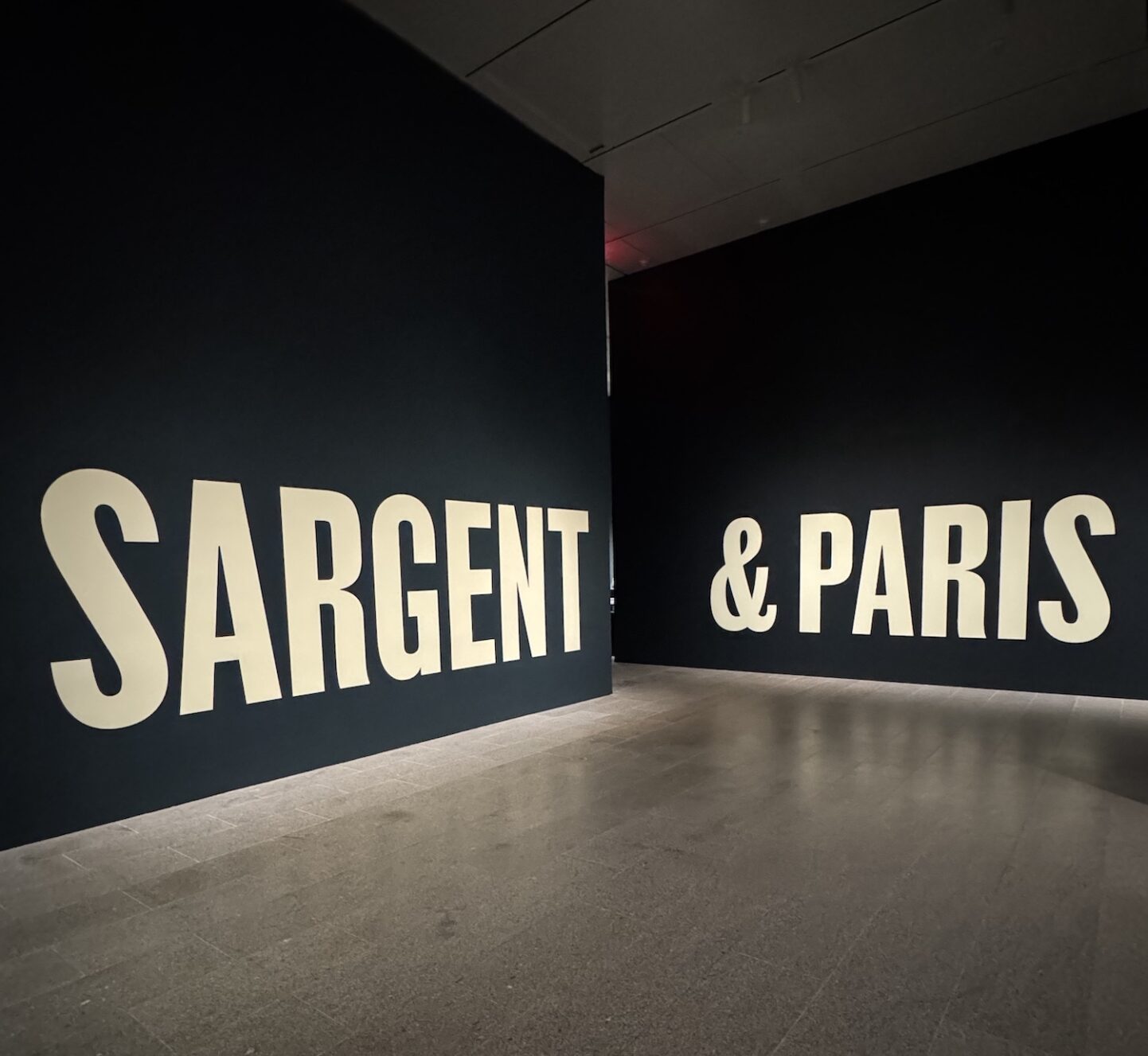
Sargent was brought to Paris by his cosmopolitan parents who had encouraged his career and precocious artistry, deciding this was the best location to nurture his talent. Sargent enrolled in the École des Beaux Arts and sought teachers and mentors he thought would be instrumental in furthering his skills and to attaining entry into the Paris Salon, the important annual exhibition. His earliest portraits were of friends, his first exhibited example below of friend Frances Sherborne Ridley Watts.
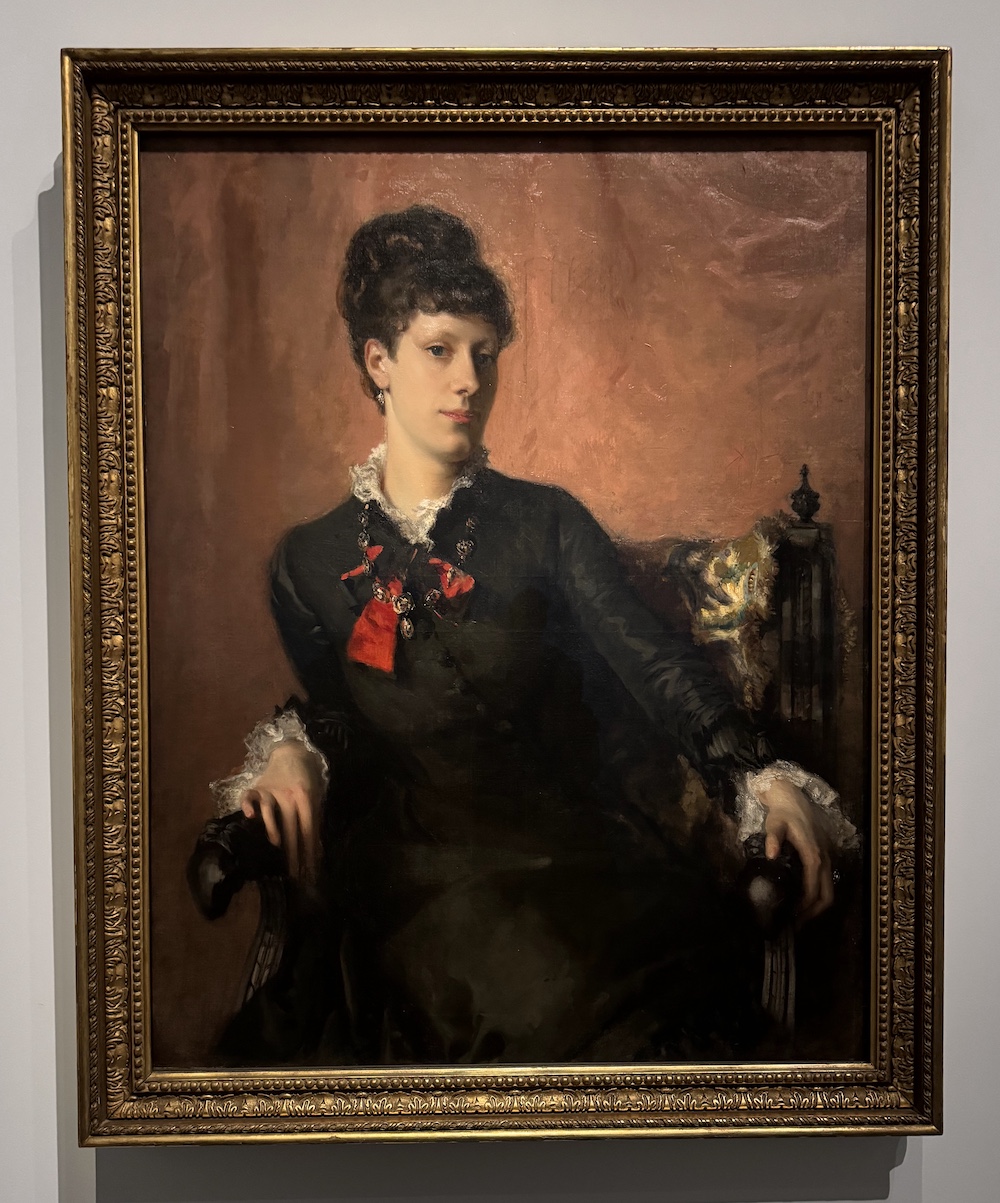
Already well traveled and multilingual, the charming young Sargent moved easily among the Parisian creative community of artists and writers, painting portraits of new acquaintances such as the captivating surgeon Dr. Pozzi, below. As his style became increasingly bold and daring, his commissions commensurately expanded.
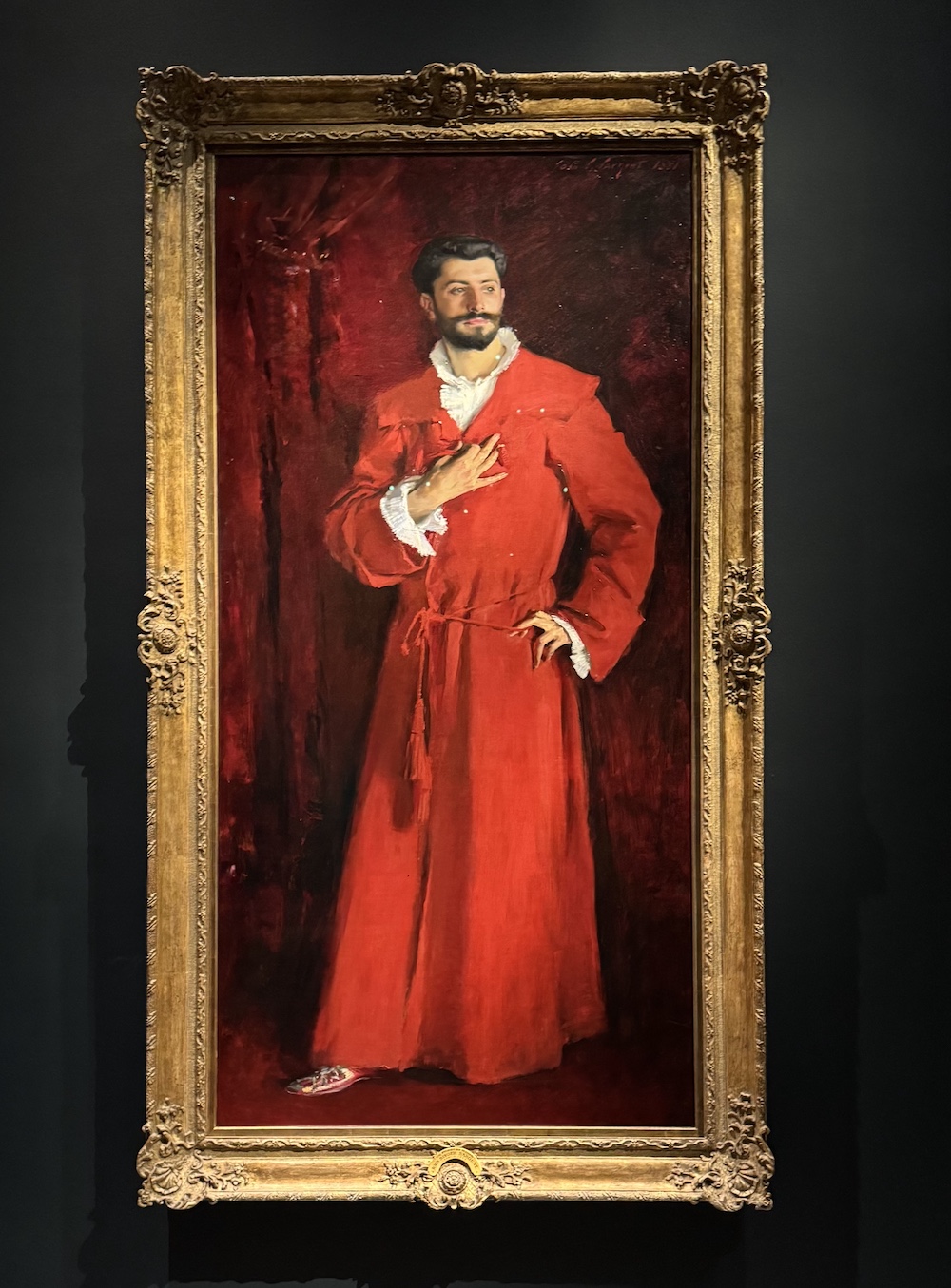
And during this period of increasing wealth, Sargent effectively employed his astute social skills to gain access to the new upwardly mobile Parisian social classes, eager to self market themselves to secure their newly elevated positions. Sargent’s growing reputation as an accomplished portraitist, especially of women, brought new international patrons such as Chilean expat Amalia Subercaseaux, painted at her piano in her Paris apartment, her dress and sumptuous surroundings expressing her status. The painting earned him a second-class medal at the 1881 Salon, significant because he no longer needed to be approved by the jury to exhibit.
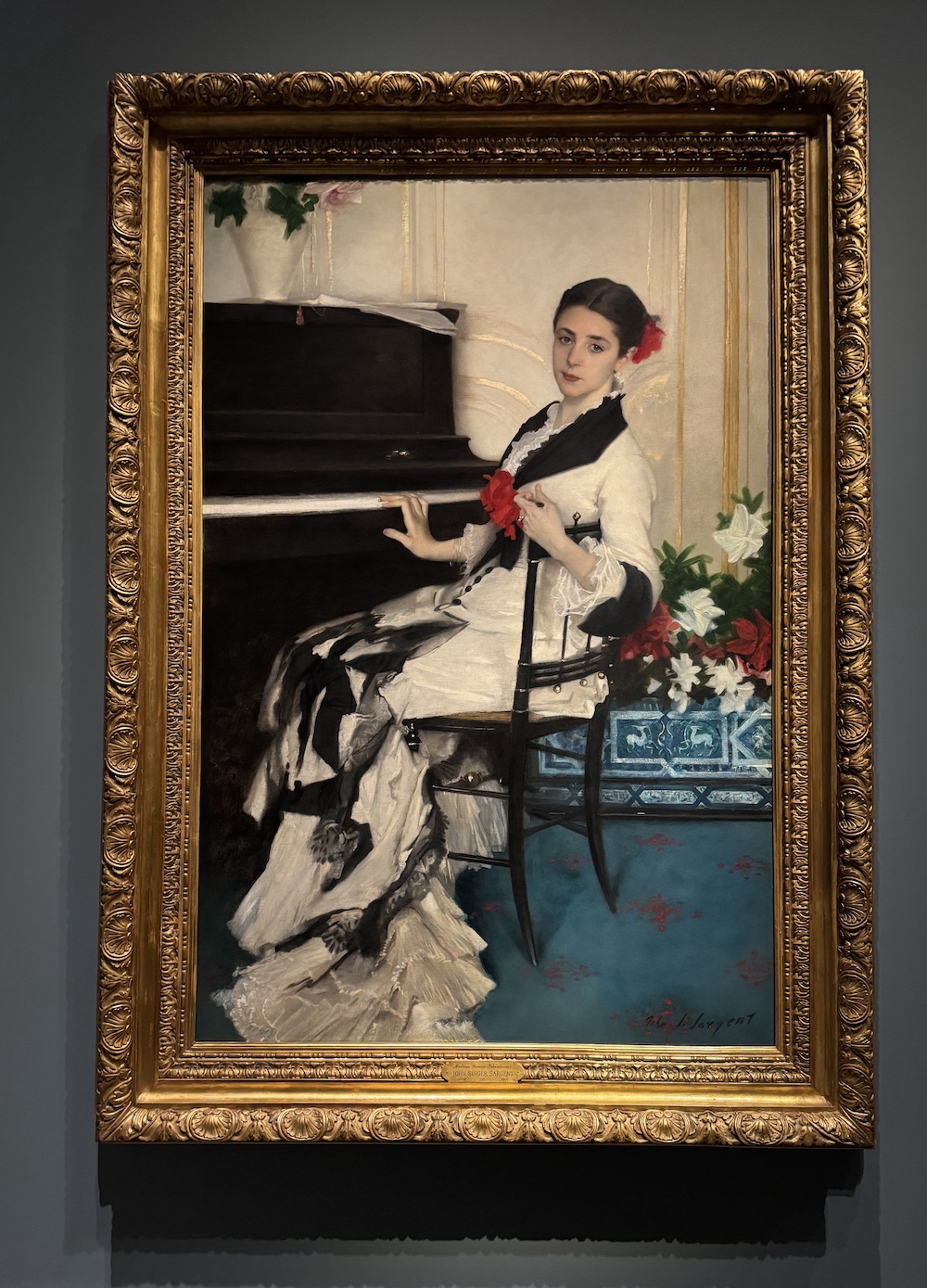
The show also documents his travels, as he searched for inspiration and subjects beyond Paris. The intoxicating Fumée d’Ambre Gris, below, from his time in Tangier is an atmospheric painting that must be seen in person to appreciate the subtleties of color and textures.
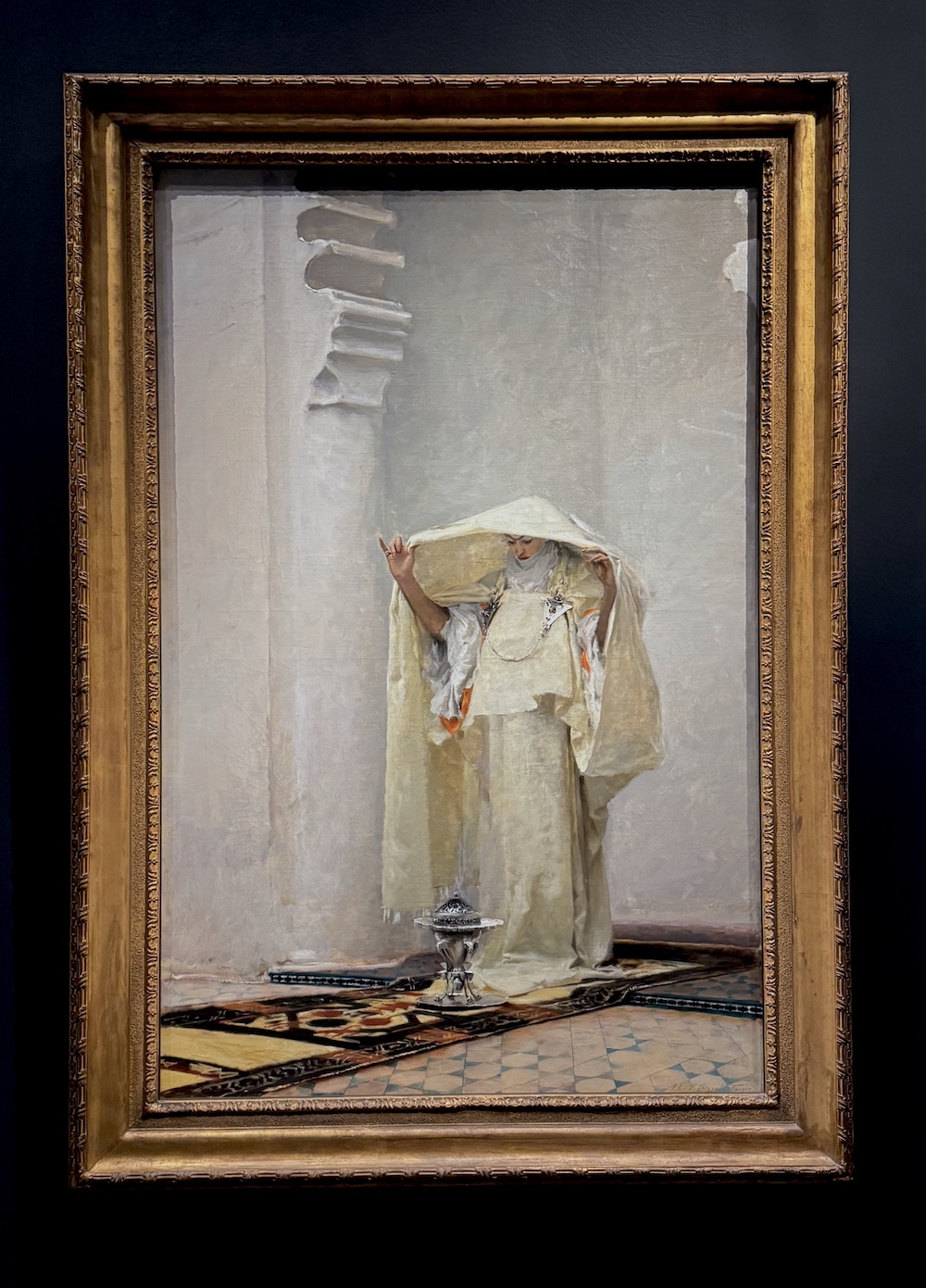
It is Sargent’s monumental portrait of the Boit children, below, his submission for the Paris Salon in 1883, that truly shows the painter’s ability to be daring and experimental. With its scale, unusual setting and light it feels entirely new yet still references the tradition of classic portraiture (the exhibit cleverly features it next to Sargent’s version of Velásquez’s iconic Las Meninas, which he had seen when visiting Madrid). The painting is not just beautiful but mysterious and somehow beckoning.
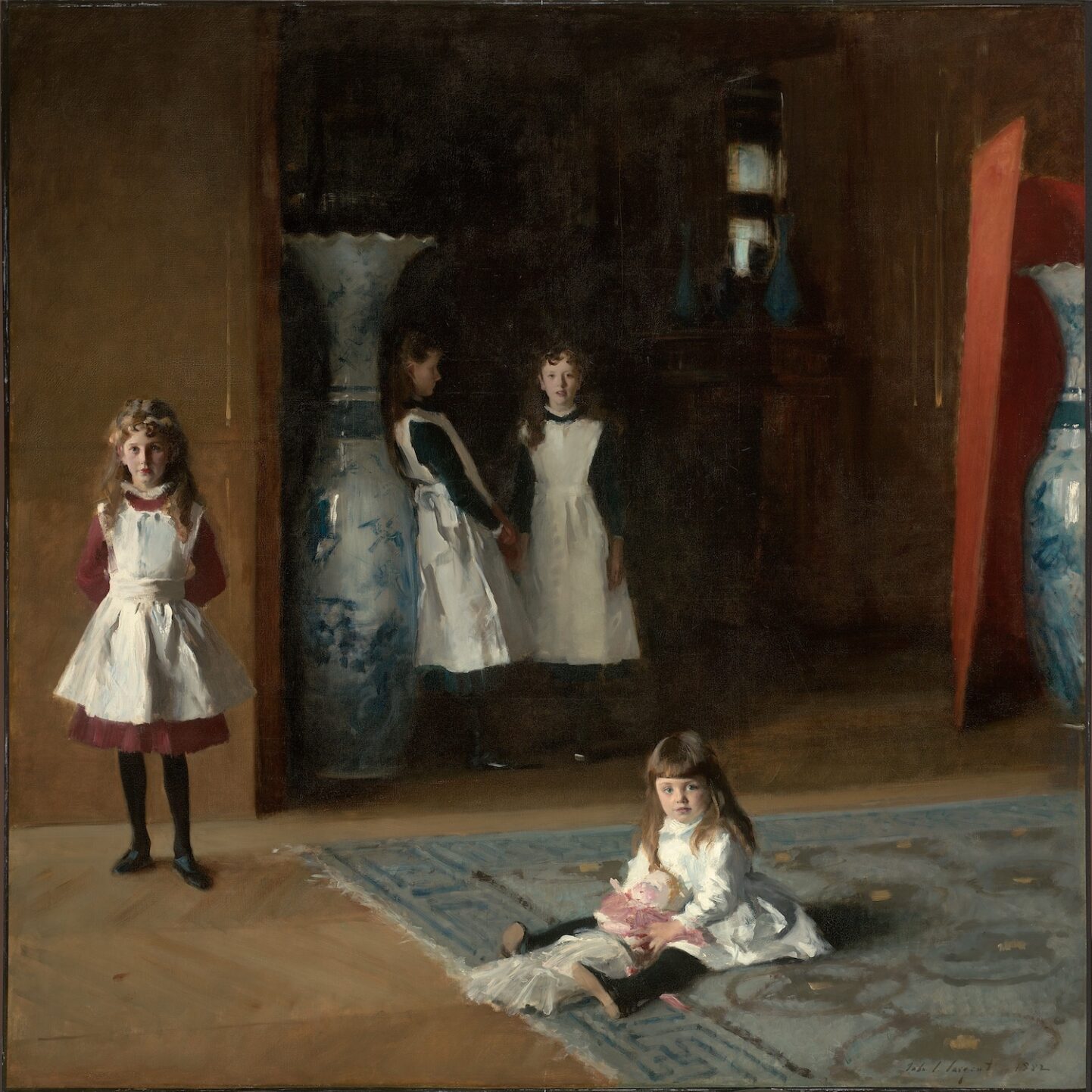
The culmination of the exhibit, as well as Sargent’s time in Paris, is the Met’s own Madame X, the legendary portrait that caused a scandal throughout the city. Shown with studies for the work, it “presents an in-depth exploration of the creation of the painting and a nuanced view of the scandal.”
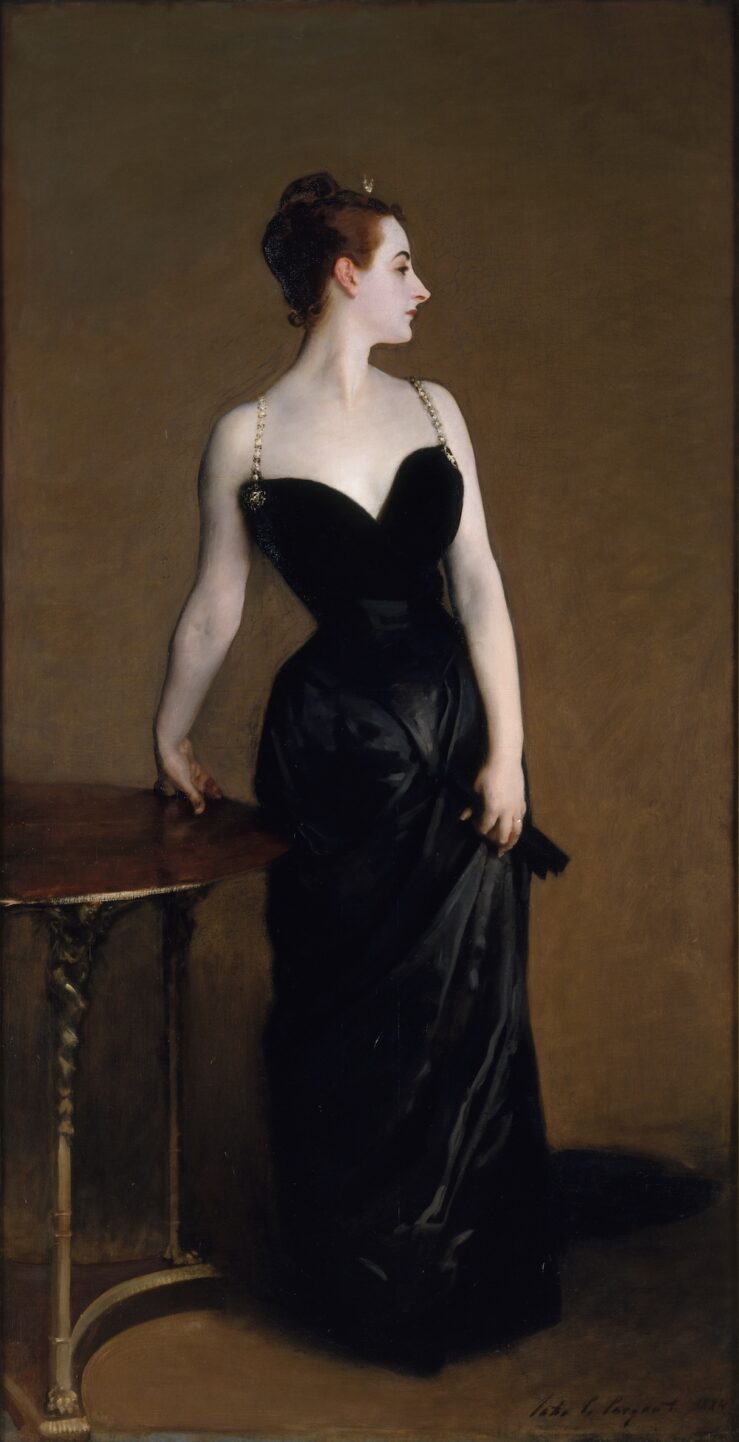
Following the Madame X debacle, Sargent moved to London where he spent the rest of his life which is the focus of the exhibit’s final section. I would encourage you to also visit the American Wing to see later works by the artist in the Met’s collection.
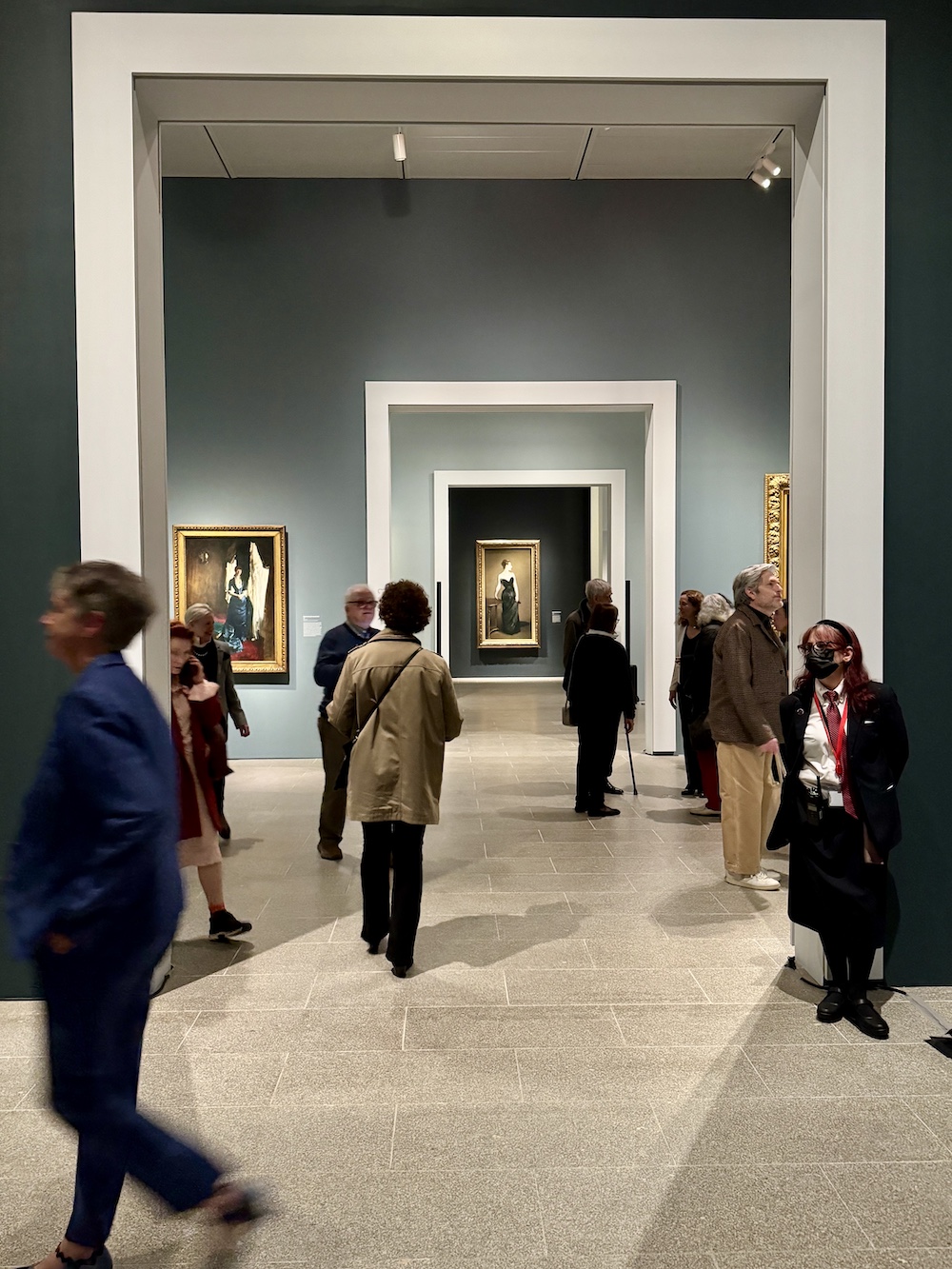
Organized in cooperation with the Musée d’Orsay, Paris, it is a brilliant exhibition, in fact the largest international exhibit of Sargent’s work since 1998, conceived and curated by the talented Stephanie L. Herdrich, Alice Pratt Brown Curator of American Painting and Drawing at The Met. And a shout out to architect Patrick Herron, Senior Exhibition Designer at the Met, who staged the exhibit so beautifully.

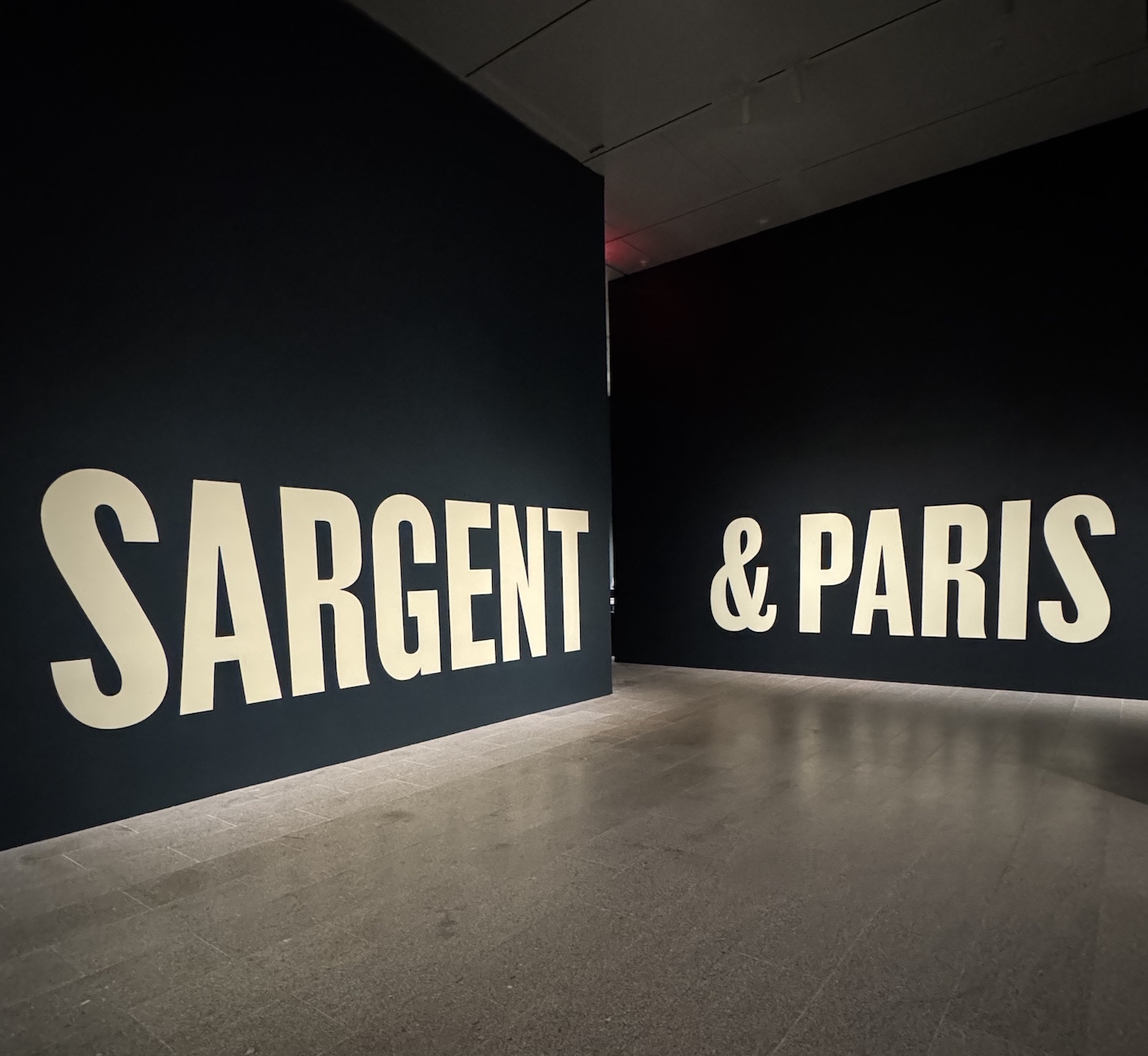

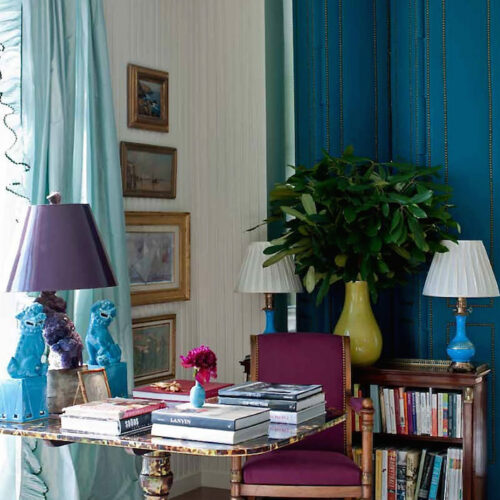
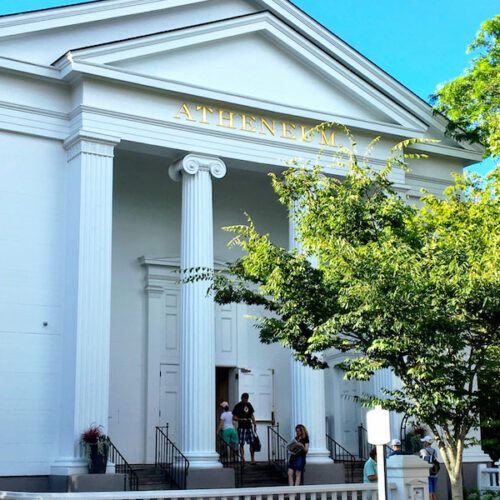
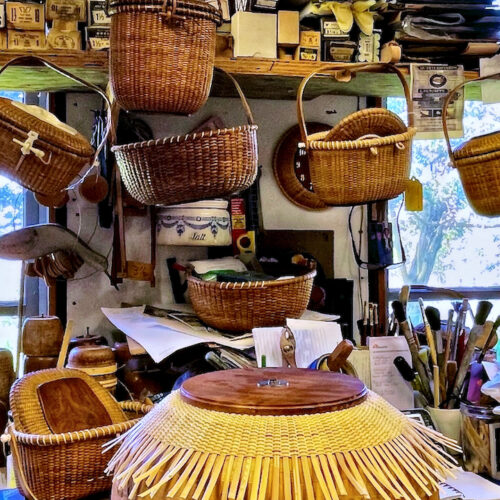

Thank you for sharing this!
My pleasure!
Was there yesterday! Such a wonderful exhibition and loved the video wall of a Salon art installation too! Thanks for sharing!
Loved that too! Could have written a treatise!
Thank you for this post! I went to see the magnificent exhibition of Sargent in Paris at the Metropolitan Museum yesterday & it is magnificent! Quintessence has given us a wonderful preview & remembrance: Thank you so much!